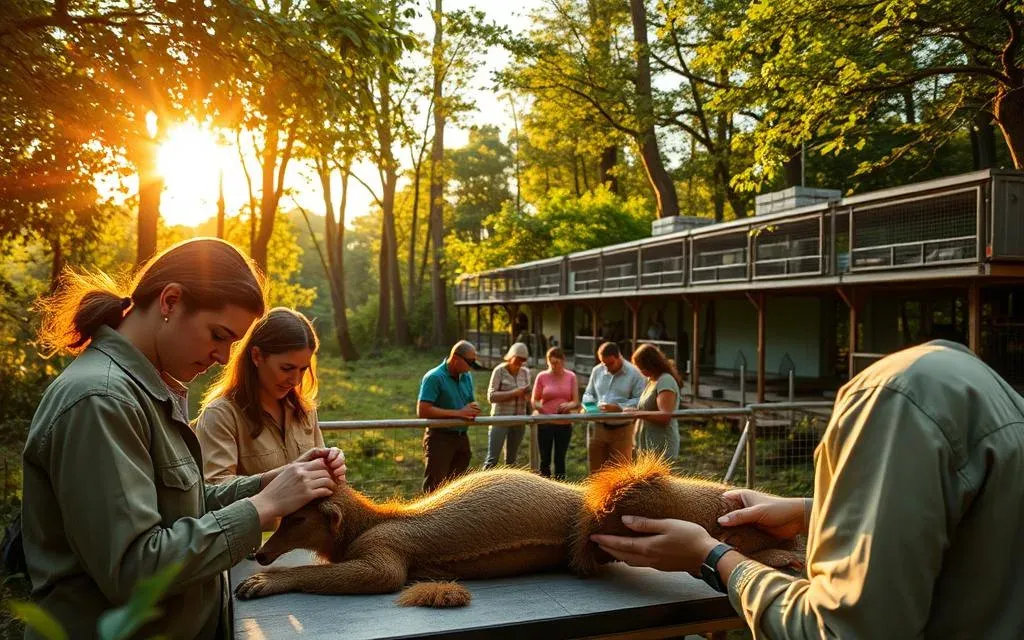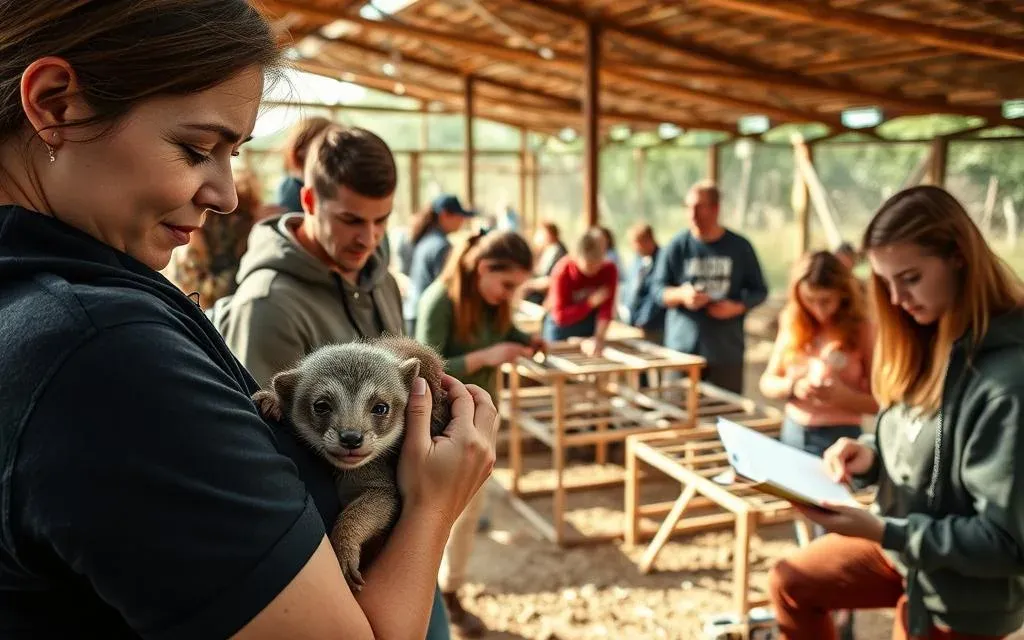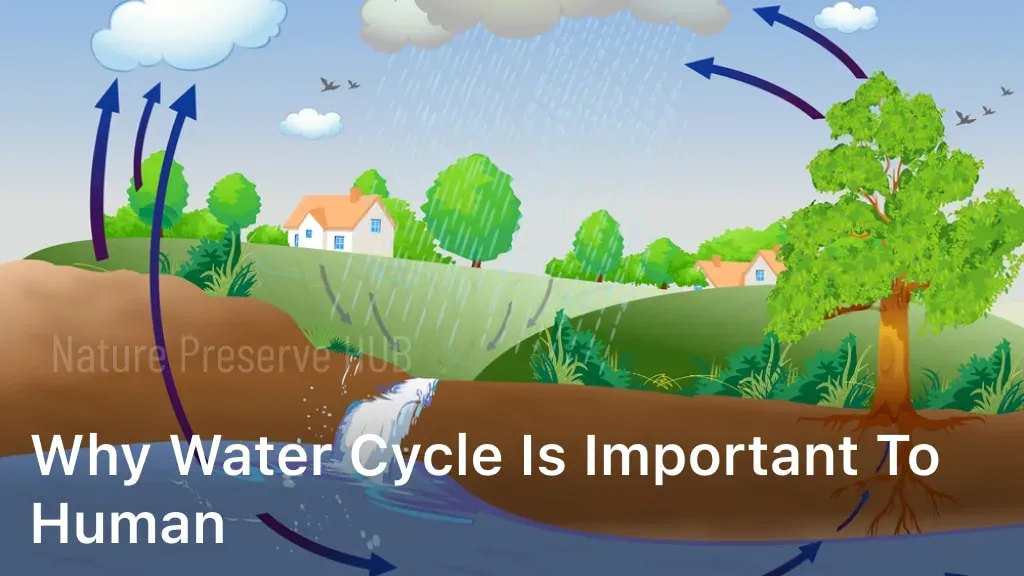Have you ever wondered what it takes to make a real difference in the lives of animals? Every year, countless species face challenges due to habitat loss and environmental changes. Supporting conservation efforts is one way to help protect these vulnerable populations.
Wildlife centers play a crucial role in rescuing and rehabilitating animals. They rely on dedicated individuals who give their time and energy to this cause. Whether it’s assisting with animal care or participating in community programs, every effort counts.
By getting involved, you become part of a team working to restore balance to nature. It’s not just about helping animals—it’s about preserving our environment for future generations. Together, we can make a lasting impact.
Table of Contents
ToggleDiscovering the World of Wildlife Rescue
The world of wildlife rescue is vast and deeply impactful. Every year, countless animals are saved from harm and given a second chance at life. These efforts are made possible through the dedication of rescue centers and their teams.
Our Commitment to Conservation
We are deeply committed to conservation. Our work focuses on protecting endangered species and restoring their natural habitats. By partnering with national wildlife refuges, we ensure that these efforts have a lasting impact.
Community involvement is a cornerstone of our mission. Local volunteers and supporters play a vital role in our daily operations. Together, we create a network of care that benefits both animals and the environment.
An Overview of Wildlife Rescue Efforts
Rescue centers handle a wide range of tasks, from animal transport to feeding and rehabilitation. Each program is designed to address the unique needs of different species. For example, baby birds and turtles often require specialized care to survive.
Education is another key aspect of our work. We strive to inform the public about the importance of conservation. Through workshops and outreach programs, we inspire others to join our cause.
| Rescue Effort | Description | Impact |
|---|---|---|
| Animal Transport | Moving injured animals to safe locations | Ensures immediate care |
| Feeding Programs | Providing food for recovering animals | Supports health and growth |
| Habitat Restoration | Rebuilding natural environments | Promotes long-term survival |
Understanding the Mission and Impact of Rescue Centers
Rescue centers are at the heart of efforts to protect and restore our natural world. Their mission goes beyond animal care—it’s about preserving ecosystems and ensuring the survival of vulnerable species. Every day, these centers work to rehabilitate injured animals and release them back into the wild.

Balancing rehabilitation with habitat restoration is a key focus. By addressing the root causes of animal distress, rescue centers create sustainable solutions. This approach helps maintain healthy populations and supports biodiversity.
How Community Involvement Drives Change
Community support is the backbone of successful conservation programs. Local volunteers play a vital role in everything from animal care to habitat cleanups. Their efforts ensure that rescue centers can operate effectively and make a lasting impact.
For example, organizing wildlife surveys or participating in food drives helps meet the needs of recovering animals. These activities not only provide immediate assistance but also raise awareness about the importance of conservation.
Data from national wildlife refuges shows that public engagement leads to long-term benefits. Every person who gets involved contributes to the health of our environment. Together, we can create a future where both animals and humans thrive.
How to Volunteer for Wildlife Rescue Centers
Joining a wildlife sanctuary offers a unique chance to contribute to conservation efforts. It’s an opportunity to work closely with animals and support their rehabilitation. Many centers rely on dedicated individuals to help with daily tasks and long-term projects.
Application and Interview Process
The first step is completing a detailed application. This helps centers match your skills and interests to the right roles. Be prepared to share your experience, availability, and passion for conservation.
After submitting your application, you may be invited for an interview. This is a chance to discuss your goals and learn more about the program. Many centers use this process to ensure a good fit for both parties.
Time Commitment and Orientation
Most centers require a minimum commitment of four hours per shift. This ensures consistency in animal care and program operations. Flexibility is often available for those with busy schedules.
Orientation sessions provide essential training and information. You’ll learn about safety protocols, daily tasks, and the center’s mission. These sessions are designed to prepare you for a successful experience.
| Step | Details | Purpose |
|---|---|---|
| Application | Complete a detailed form | Match skills to roles |
| Interview | Discuss goals and expectations | Ensure a good fit |
| Orientation | Attend training sessions | Prepare for tasks |
Exploring Diverse Volunteer Roles and Opportunities
Wildlife centers offer diverse opportunities to make a difference. From hands-on animal care to behind-the-scenes support, there’s a role for everyone. These positions allow individuals to contribute in ways that align with their skills and interests.

Hands-On Animal Care and Rehabilitation
Working directly with animals is a rewarding experience. Volunteers assist with feeding, cleaning, and enrichment activities. These tasks ensure the well-being of recovering species and prepare them for release into the wild.
For example, caring for baby birds or turtles requires patience and attention to detail. Each animal has unique needs, and volunteers play a vital role in meeting them. This hands-on work is essential for successful rehabilitation programs.
Support Roles: Fundraising, Supplies, and Site Management
Not all roles involve direct interaction with animals. Fundraising efforts help secure resources for food, medical supplies, and habitat restoration. Volunteers also manage site upkeep, ensuring facilities are safe and functional.
These support positions are equally important. They enable centers to operate smoothly and focus on their mission. Whether organizing events or maintaining equipment, every contribution makes an impact.
| Role | Description | Impact |
|---|---|---|
| Animal Care | Feeding, cleaning, and enrichment | Supports rehabilitation |
| Fundraising | Organizing events and campaigns | Secures resources |
| Site Management | Maintaining facilities and equipment | Ensures operational efficiency |
Cultivating Skills and Enhancing Our Conservation Impact
Building skills in wildlife conservation opens doors to meaningful contributions. Through hands-on experiences, individuals gain a deeper understanding of animal behavior, habitat restoration, and field research. These skills not only enhance personal growth but also strengthen our collective efforts to protect vulnerable species.
Developing Practical Wildlife Conservation Skills
Practical training is a cornerstone of effective conservation work. Many programs offer internships that focus on animal care, habitat management, and species monitoring. These opportunities provide valuable insights into the challenges faced by wildlife centers and the strategies used to address them.
For example, participants might learn how to track animal populations or restore damaged ecosystems. These activities build confidence and expertise, preparing individuals for long-term roles in conservation. Every skill acquired contributes to the success of our mission.
Gaining Field Experience and Building Community Connections
Field experience is essential for understanding the complexities of wildlife preservation. Volunteers often work alongside experts, gaining firsthand knowledge of conservation techniques. This collaboration fosters a sense of community and shared purpose.
Partnerships with educational institutions further enhance these opportunities. Internships and workshops provide structured learning environments where participants can develop specialized skills. These programs also create lasting connections with like-minded individuals and organizations.
| Skill-Building Opportunity | Description | Outcome |
|---|---|---|
| Animal Care Training | Learning feeding, cleaning, and enrichment techniques | Improves animal well-being |
| Habitat Restoration | Participating in ecosystem rebuilding projects | Promotes biodiversity |
| Field Research | Conducting population studies and data collection | Supports conservation strategies |
By developing these skills, we increase our ability to make a lasting impact. Every volunteer brings unique strengths to the table, enriching our programs and expanding our reach. Together, we can create a future where both wildlife and humans thrive.
Conclusion
Every action we take can create a ripple effect in protecting our planet’s wildlife. Supporting rescue centers through volunteering is a powerful way to make a difference. From hands-on animal care to habitat restoration, each role contributes to the survival of vulnerable species.
By getting involved, you gain valuable experience while helping conservation efforts thrive. Your efforts, no matter how small, play a part in restoring natural habitats and ensuring a healthier environment for future generations.
We invite you to join us in this mission. Together, we can create a lasting impact on wildlife and the world we share. Start your journey today and be part of something meaningful.
FAQ
What qualifications do I need to get involved?
No specific qualifications are required, but a passion for animal welfare and conservation is essential. Some roles may need basic skills or training, which we provide during orientation.
Can students participate in these programs?
Absolutely! Students often join to gain hands-on experience in animal care, rehabilitation, and environmental conservation. It’s a great way to build practical skills while contributing to a meaningful cause.
Is there a minimum age requirement?
Yes, most centers require volunteers to be at least 16 years old. Some locations may have specific age restrictions for certain tasks, so it’s best to check with the site directly.
What kind of time commitment is expected?
Time commitments vary depending on the role. Some opportunities require a few hours a week, while others may involve full-day shifts. We work with you to find a schedule that fits your availability.
What tasks will I be responsible for?
Tasks range from direct animal care, such as feeding and cleaning habitats, to support roles like fundraising, site maintenance, and community outreach. Every role plays a part in our mission.
Do I need prior experience with wildlife?
No prior experience is necessary. We provide training and guidance to ensure you’re comfortable and effective in your role. Your enthusiasm and willingness to learn are what matter most.
How does volunteering help endangered species?
By assisting in rehabilitation efforts, habitat restoration, and public education, you directly contribute to the survival and recovery of threatened populations. Your efforts make a lasting impact.
Can I volunteer if I have limited physical abilities?
Yes, many centers offer roles that accommodate different physical abilities. Tasks like administrative work, event planning, or educational outreach are equally valuable to our mission.
Are there opportunities to work with specific animals, like birds or turtles?
Yes, depending on the center’s focus, you may have the chance to work with specific species. We match volunteers with roles that align with their interests and the needs of the animals.
How do I apply to become a volunteer?
Start by visiting the center’s website to fill out an application. After submitting, you’ll typically go through an interview process to discuss your interests and availability.










